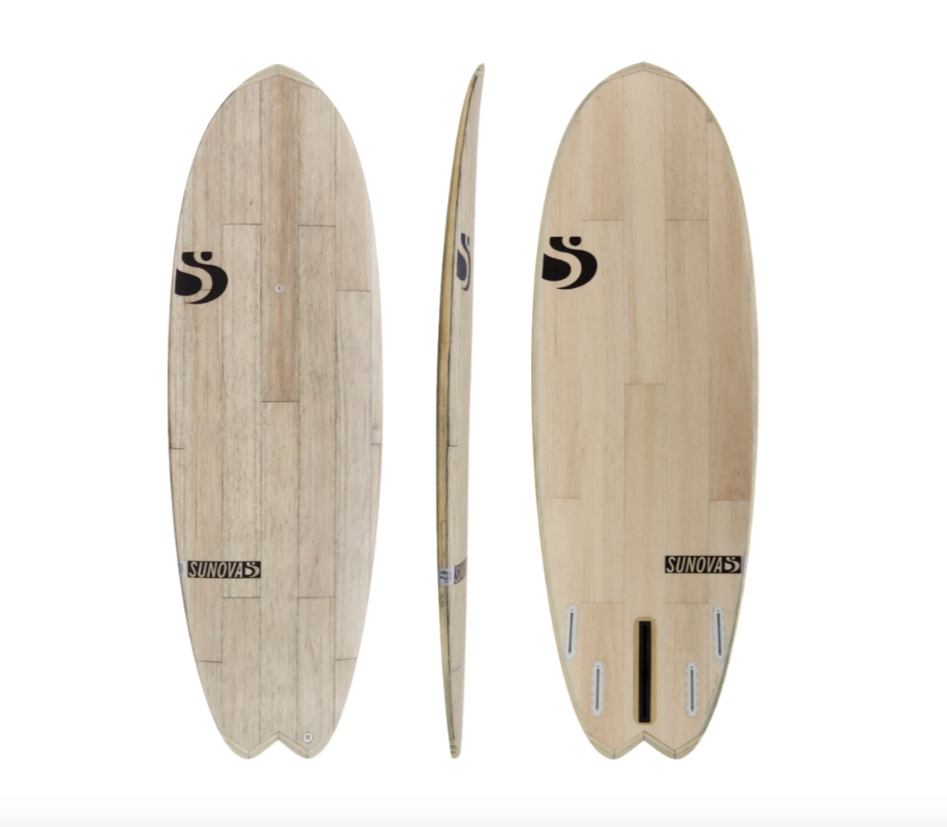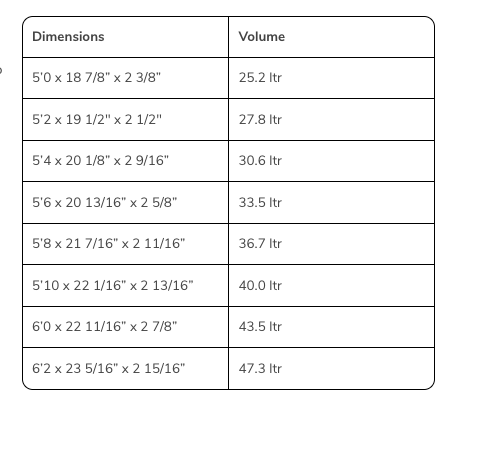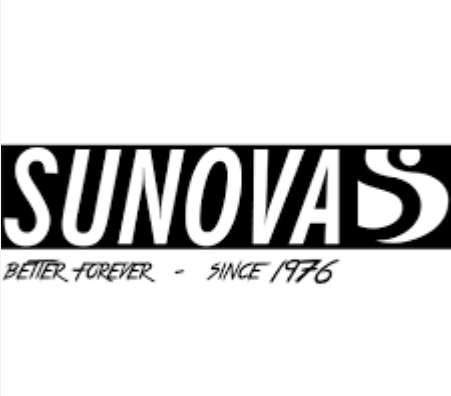Description
THE TORPEDO is a small wave groveller that will allow you to ride almost nonexistent waves, but still hold in once it’s a little bigger. It’s a pretty versatile board, in that it can catch almost anything, but does not appear bulky or heavy. In contrast, the board always feels super loose and fun. It goes on just about anything and will have you flying down the line, making sections at record speed, whilst still being able to hook a turn off the bottom.
- OUTLINE: FULL MINI MAL STYLE NOSE, WIDEST POINT FORWARD, ROUNDED SWALLOW
- BOTTOM: FLAT BOTTOM
- ROCKER: THE FLATTEST SHORTBOARD WE MAKE
- RAILS: SLIGHTLY FULLER WITH HARD BOTTOM EDGES
- FINS (not included): 4+1
- GOAL: THE SHORTEST FUNCTIONAL BOARD POSSIBLE THAT COULD FLY DOWN THE LINE
- WAVE: WAIST TO HEAD AND A HALF HIGH
- RIDER: NOVICE TO PRO
ABOUT THE BOARD
GENERAL GOAL | THEME OF THE BOARD
A fast, positive feeling board for down the line small waves…
WAVE TYPE ||| SIZE IT’S WORKING BEST
Most softer wave types, down the line and open waves.. ||| from just under waist high up to head and a half…
MANOEUVRES IT DOES BEST
Power carves and cutbacks…
SKILL LEVEL IT’S BEST FOR
Novice to Pro…
PADDLE POWER
Well above average
WHAT YOU THOUGHT OF WHEN YOU DESIGNED IT?
The Goal was the shortest functional board possible that could fly down the line, with maximum tail area you would expect it to slide around, yet the large centre fin feels solid and positive, so it has maximum hold and drive, but the shortness offsets it so you can still do really tight snaps and lay into power turns…
WHAT IT POSSIBLY COMPROMISES ON THEN?
Doesn’t like shifty short fetch beach breaks that require a quick get away, has loads of drive out of the bottom turn from the larger centre fin, which in turn makes it difficult to get instant top end speed from the first pump if the wave is closing out, so take off to close out reo is a hard ask…
SHAPE DETAILS SUMMARY | DESIGN INFO
OUTLINE
Full minimal style nose, widest point forward, rounded swallow. With the fuller nose, it helps the board climb on top of the water a little easier with the first few strokes. The center outline is a bit more parallel, but it has a considerable tail area. Normally when a board is this short and wide, it feels difficult to draw and carve turns. The Torpedo carves, carries and drives through turns really well, it feels positive under your feet as opposed to a slippery hovercraft.
RAILS
Slightly fuller with hard bottom edges. The fuller rails offer a little more forgiveness, super-thin rails are sensitive but you also need to surf with precision to avoid making mistakes. The front rail’s bottom edge is very beveled and the entire rail has more of a hard edge. This means rather than water wrapping the rail, pulling the board into the wave face, it releases clean off the bottom edge, riding high on the water. This intern creates a fast skaty feel, but not a slippery out of control skatyness, it’s fast in a forward direction.
ROCKER
The flattest shortboard we make. For its size it’s a paddling machine, it carries into waves really well. Generally the more rocker you have the more you need to pump for speed, but the Torpedo carries by itself. Maximum glide, so you have plenty of time to get your footing correct. It also carries really well over fat sections and keeps speed through turns.
BOTTOM
Flat Bottom. As the board is designed for softer waves the goal is maximum speed. Sunova’s unique flexy bottom adds another level of performance so the boards are not as dependent on bottom contours anyway.
DECK
The deck is a fairly standard profile, with the overall board being a little thicker, this carries volume out to the rails in proportion, as well as into the nose and tail. This volume in general offers a level of comfort when paddling and catching waves, the first few strokes are not spent climbing out of the water.
FINS (not included)
|4+1. The larger tail fin offers so much hold, drive and direction it’s crazy. Coupled with a shortboard that would normally feel the opposite, the combination of a smaller board with a larger fin works really well. Recently I watched the board being surfed as a twin fin, with large raked side fins and was surprised at how well it went. The goal with this board is to over fin it to offset the skatyness and drifty feeling a wide tail normally gives.
FINAL STATEMENT
A fun board for down the line waves, you will be surprised at how much ground on the face you can cover.
Fins included: None.





